On November 14 and 15, the 16th Academic Annual Conference on Medical-Engineering Collaborative Science and Technology Innovation was held at the Chanba International Convention and Exhibition Center. The conference was hosted by the China International Exchange and Promotive Association for Medical and Health Care (CPAM) and Xi’an Jiaotong University (XJTU), and organized by the First Affiliated Hospital (FAH) of XJTU, the Health Data and Digital Medicine Branch of the CPAM, and the Shaanxi Society of Medical Communication. Under the theme of “Digital Empowerment for Healthcare, Smart Protection of Health”, the conference featured one main forum and nine parallel sub-forums, all live streamed online, bringing together leading academicians, experts and scholars from multiple disciplines to jointly explore the frontier trends of medical-engineering collaborative innovation.

The opening ceremony was chaired by Wang Xiaomin, Vice President and Secretary-General of the CPAM. Attendees included four academicians of the Chinese Academy of Engineering, Fan Daiming, Han Demin, Zhan Qimin and Zhao Yimin, as well as Sun Ke, Vice Chairman of the Shaanxi Provincial Committee of the Chinese People’s Political Consultative Conference; Bie Zhaohong, Executive Vice President of XJTU; Dai Wenxue, Inspector of the Shaanxi Provincial Health Commission; An Jun, Director of the High-Tech Division of the Shaanxi Provincial Development and Reform Commission; and Lyu Yi, Director of the Health Science Center of XJTU and President of the FAH.
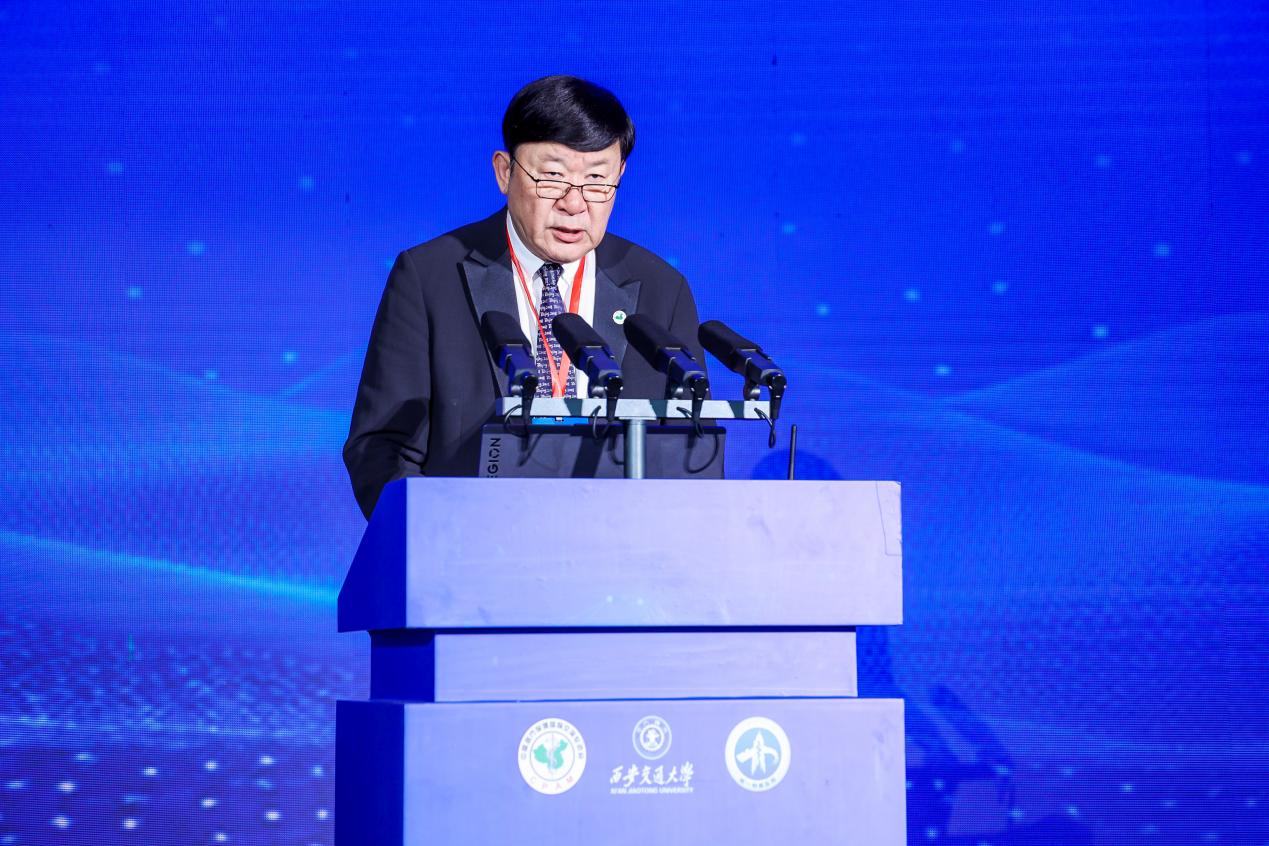
In her remarks, Bie Zhaohong pointed out that China is facing critical “chokepoint” challenges in the fields of high-end medical equipment and innovative medicines, and that deep integration between medicine and engineering is the key to breaking through these bottlenecks. Leveraging the Western China Science and Technology Innovation Harbor, XJTU has advanced the “6352” Initiative and the “1121” integration mechanism, secured approval for a National Innovation Platform for Integrated Industry-Education in Medical Research, and seen its FAH selected as a candidate National Medical Center, with domestically developed ECMO and other achievements delivering substantive technological breakthroughs. Looking ahead, the university will further deepen medicine-engineering integration to promote independent and controllable development of high-end medical equipment.
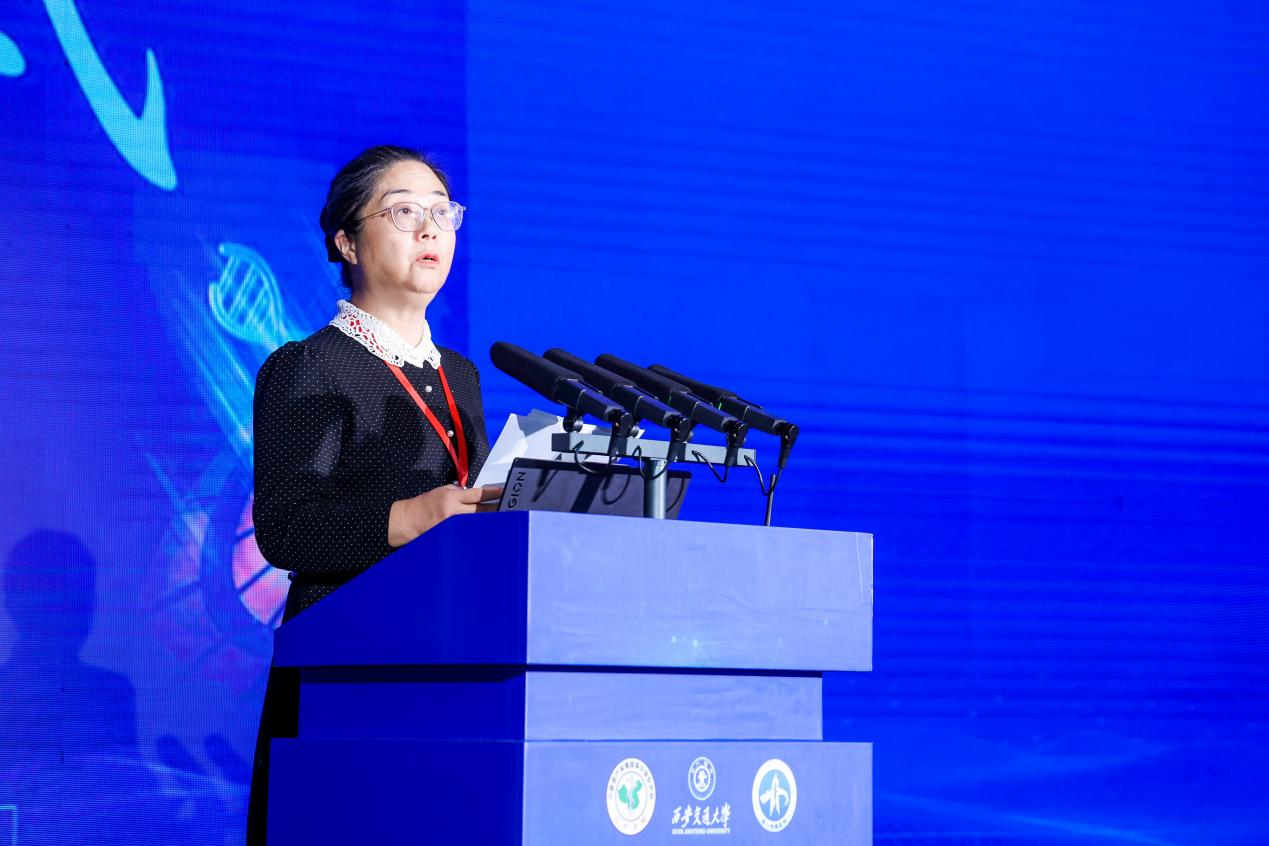
Sun Ke stressed that medical-engineering collaboration is an “accelerator” for upgrading medical technologies, and that Shaanxi’s strengths in science, education and healthcare provide fertile ground for innovation. He affirmed the landmark achievements of XJTU and its FAH, and called for improving the full-chain mechanism of “clinical needs-R&D-translation-industry”, strengthening the cultivation of interdisciplinary talents, and unleashing innovation vitality. Academician Han Demin focused on digital medicine, proposing three main pathways: consolidating the foundation of data, popularizing AI tools, and deepening cross-sector collaboration. He envisioned a new digital health paradigm featuring a closed loop covering the entire process of “screening-diagnosis-treatment-management-prevention”.
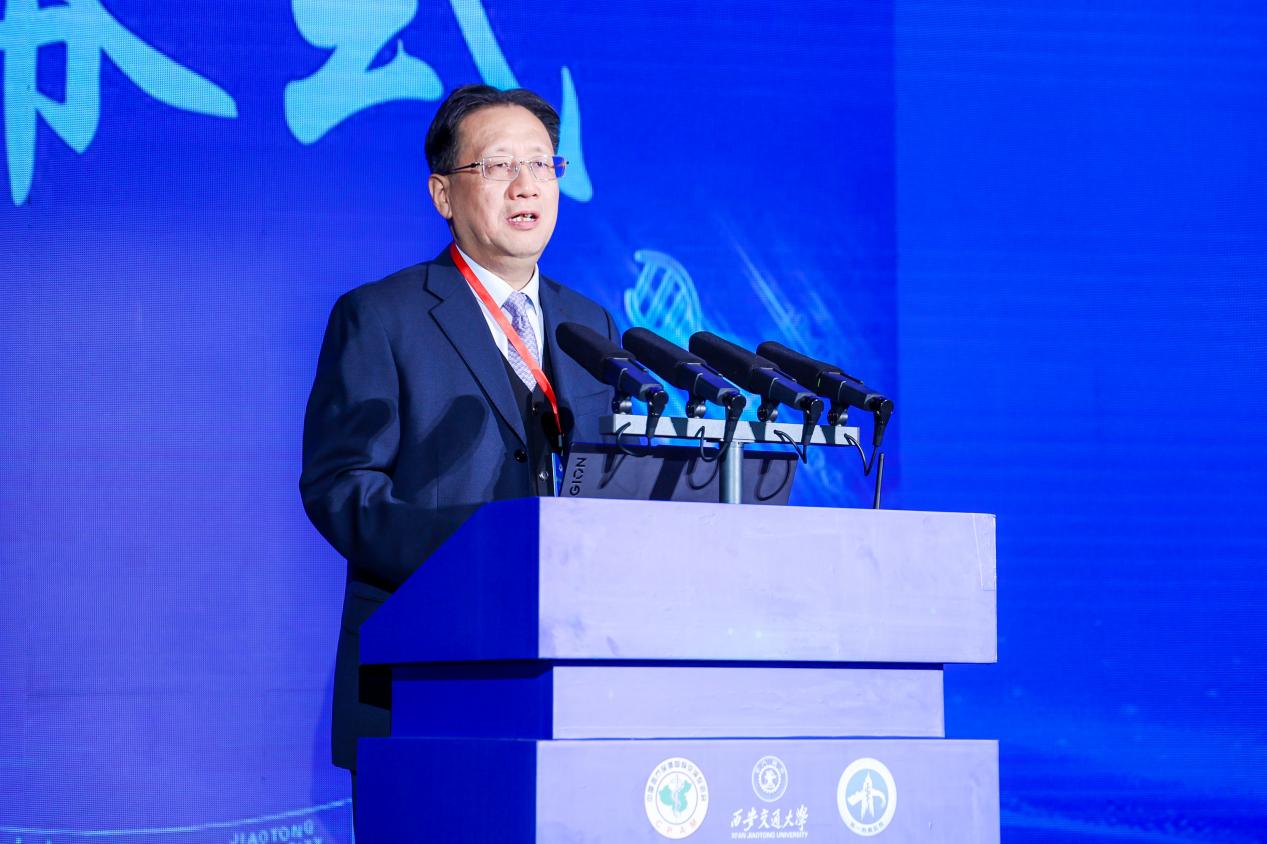
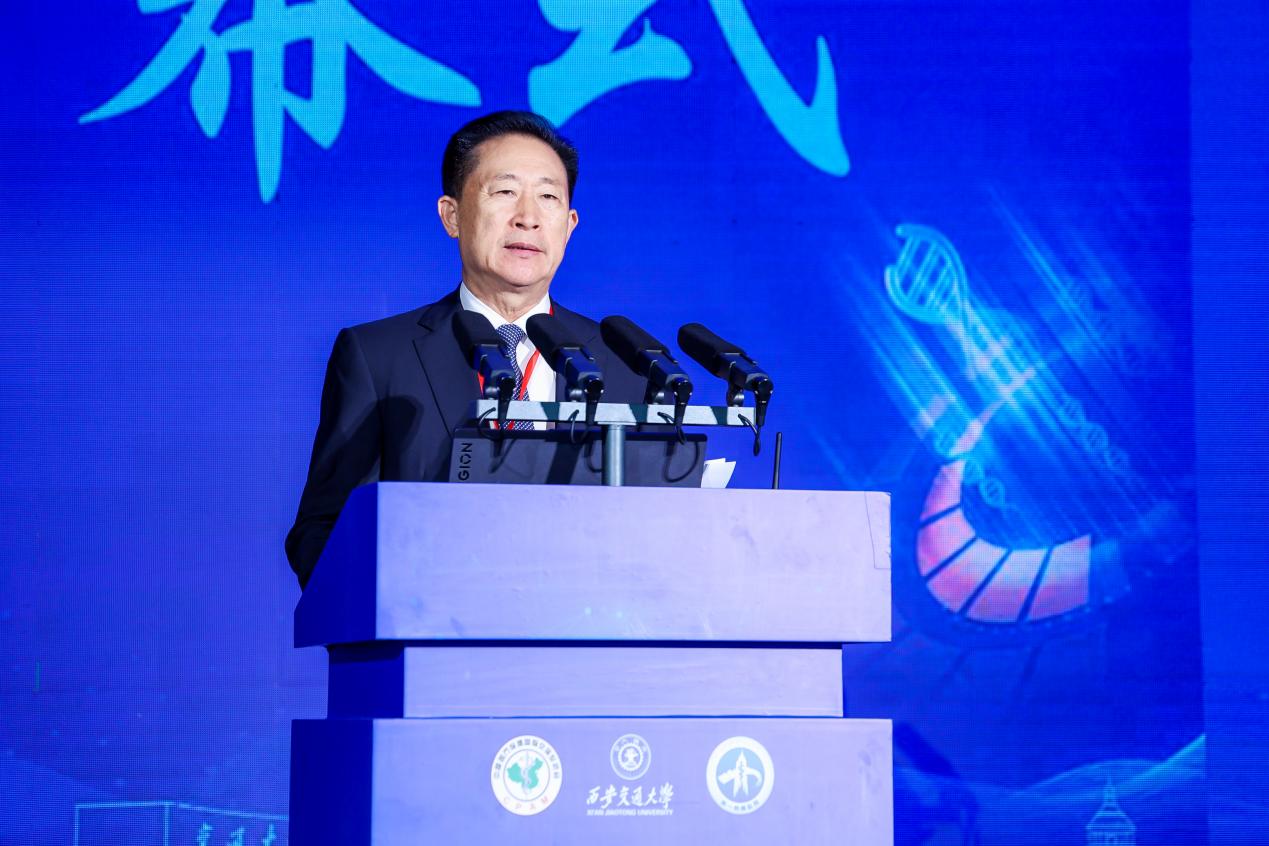
At the conference, President Lyu Yi presided over the release of the 2025 Top Ten National Advances in Medical-Engineering Collaborative Science and Technology Innovation, covering disruptive technological breakthroughs such as artificial neural switches, flexible implantable drug-delivery patches, new-generation visual prostheses, and noninvasive blood glucose monitoring, showcasing China’s strong capabilities in medical-engineering integrated innovation.
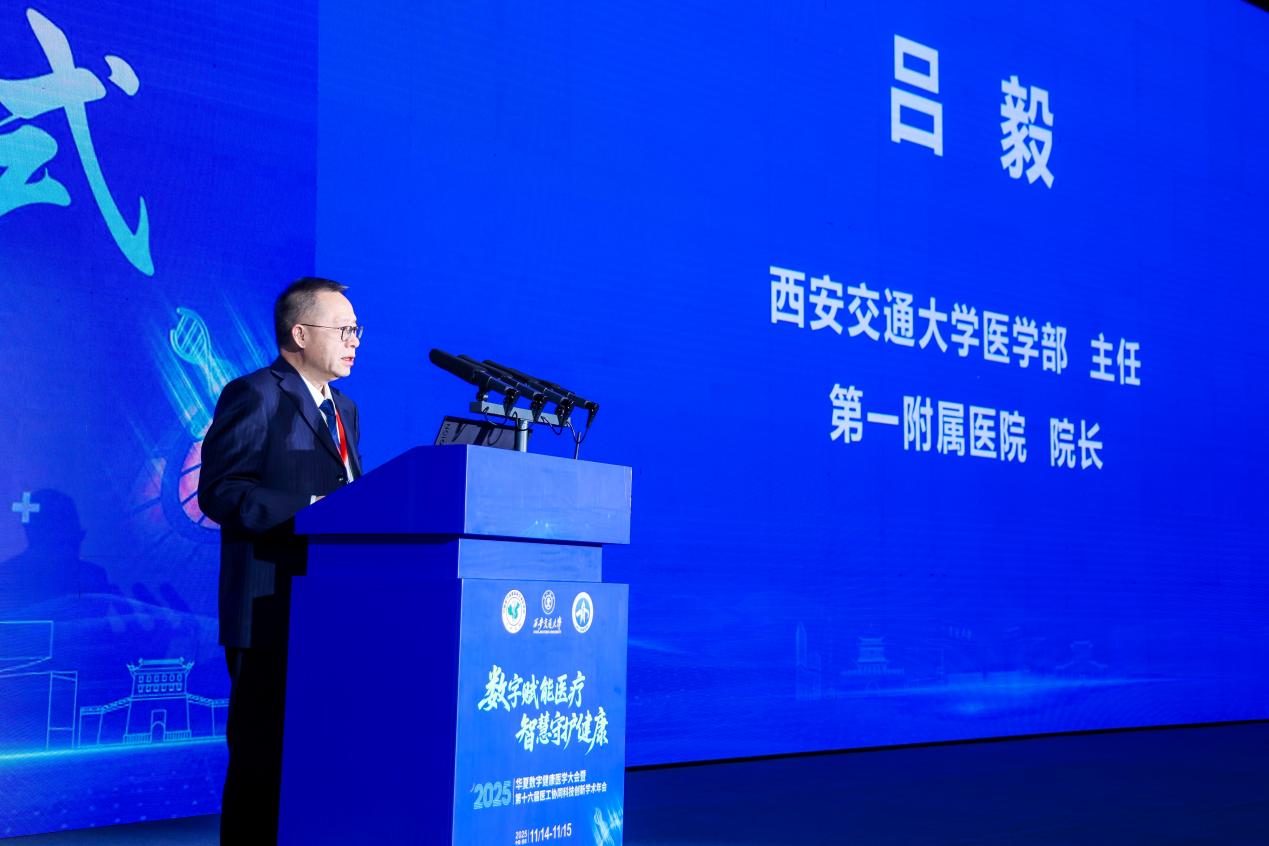
In the keynote report session, Academician Han Demin elaborated on the building of an AI-empowered national health management system, promoting a shift in the medical model toward a “health-management-centered” paradigm; Academician Fan Daiming gave an in-depth exposition of the concept of “integrated tumor therapy”, advocating whole-course management based on multidisciplinary collaboration; Academician Zhao Yimin focused on new advances in medical robotics research and envisioned an intelligent future for oral diagnosis and treatment; Academician Zhan Qimin emphasized the empowering role of digital-intelligence science in modern medicine and called for improving the governance system for health and medical data; Professor Lyu Yi presented the university’s achievements in medicine-engineering integration, such as the rollout of the “9+4+N” project portfolio and the deepening of international cooperation.
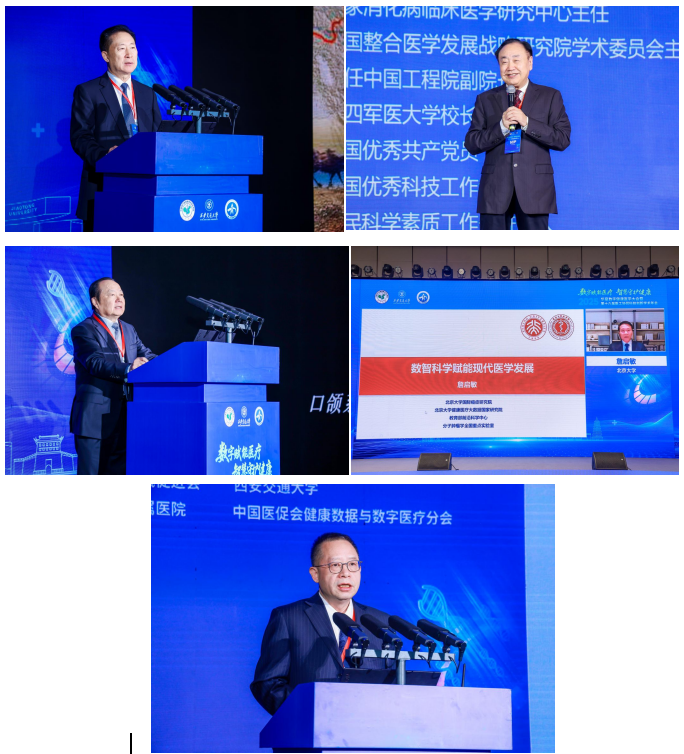
Since its launch in 2010, this annual conference has now gone through fifteen years. This year’s event serves not only as a review of past achievements, but also as an exploration of future pathways. XJTU will continue to pool wisdom from all sectors, empower medical progress through science and technology, and inject new momentum into the building of a Healthy China.